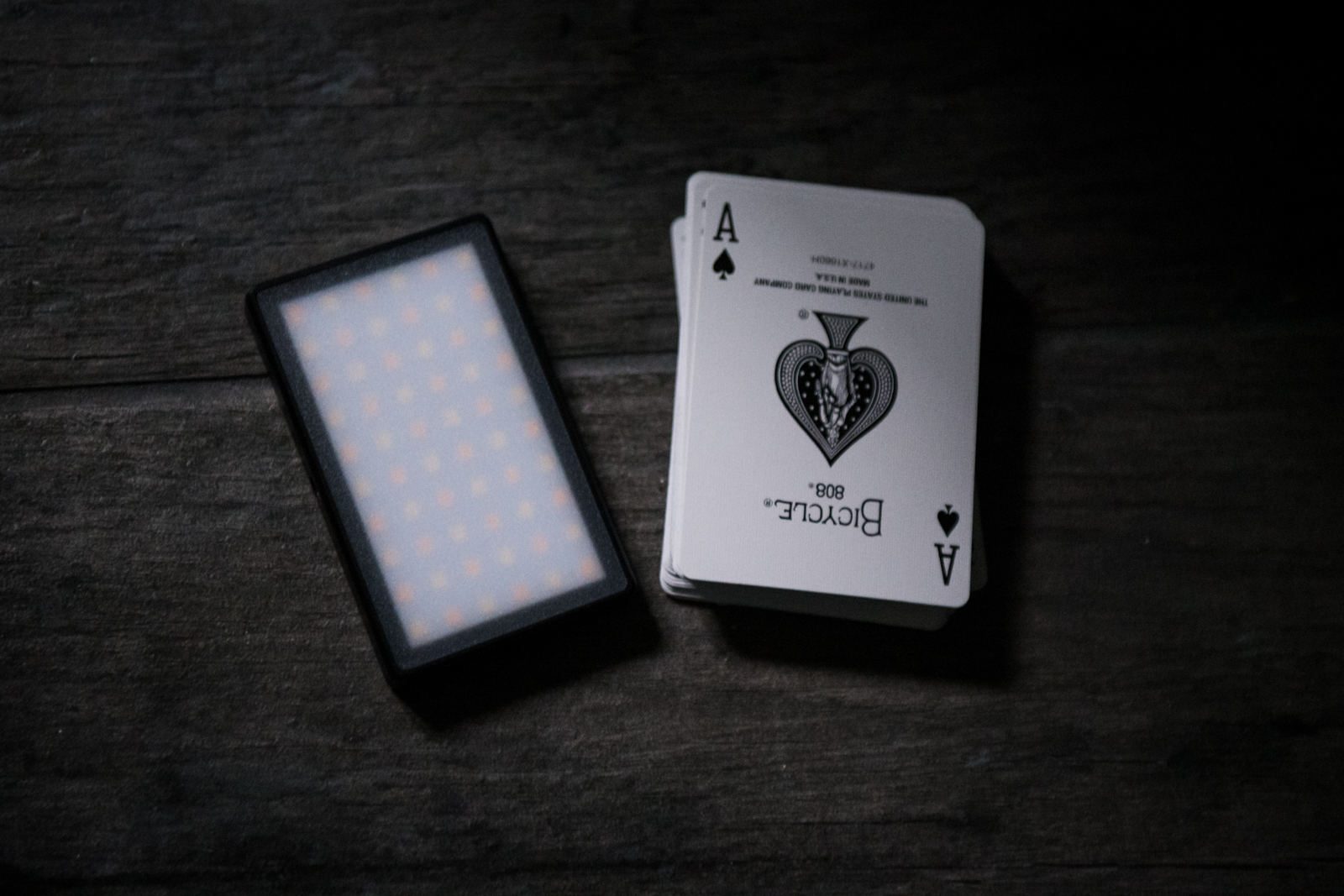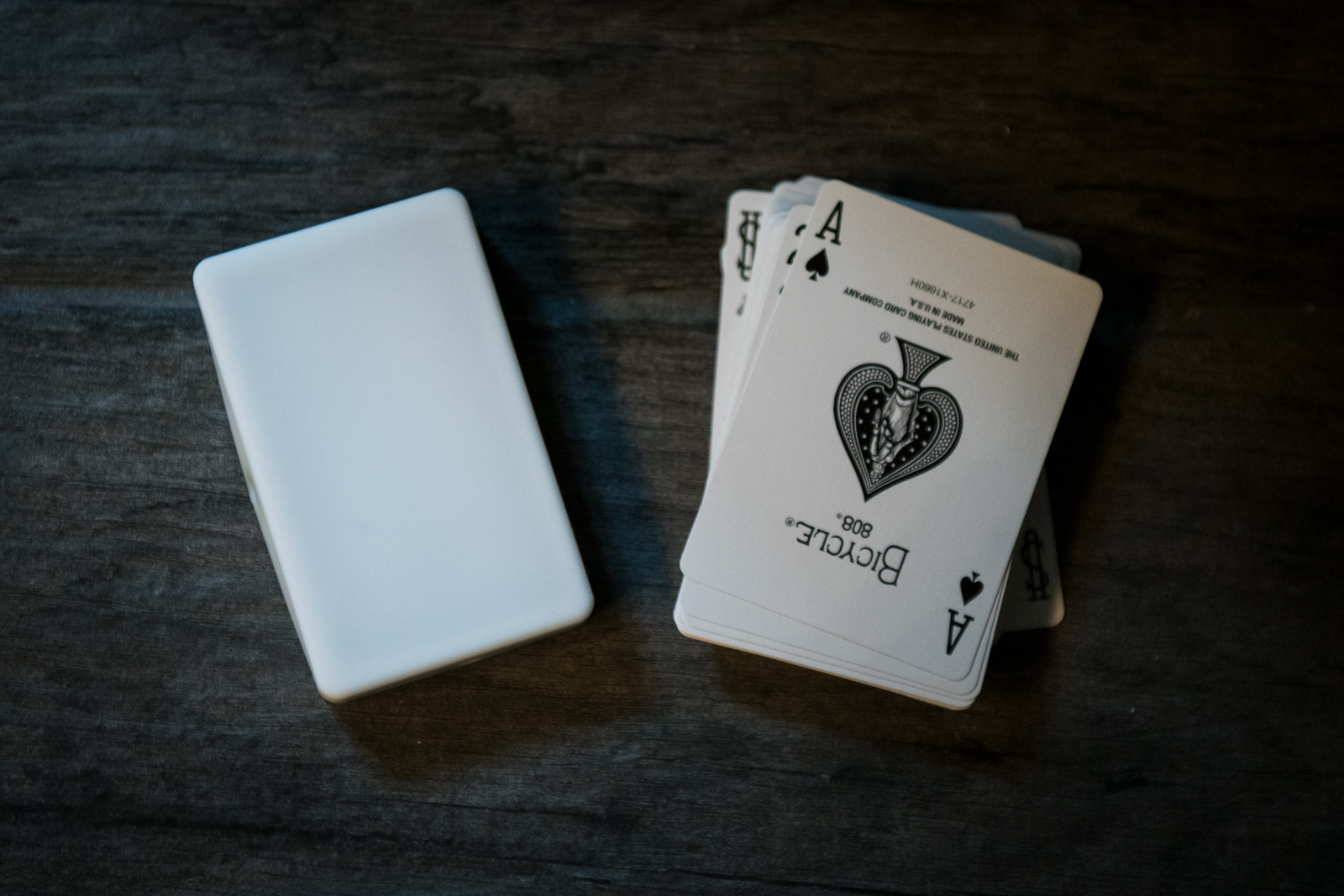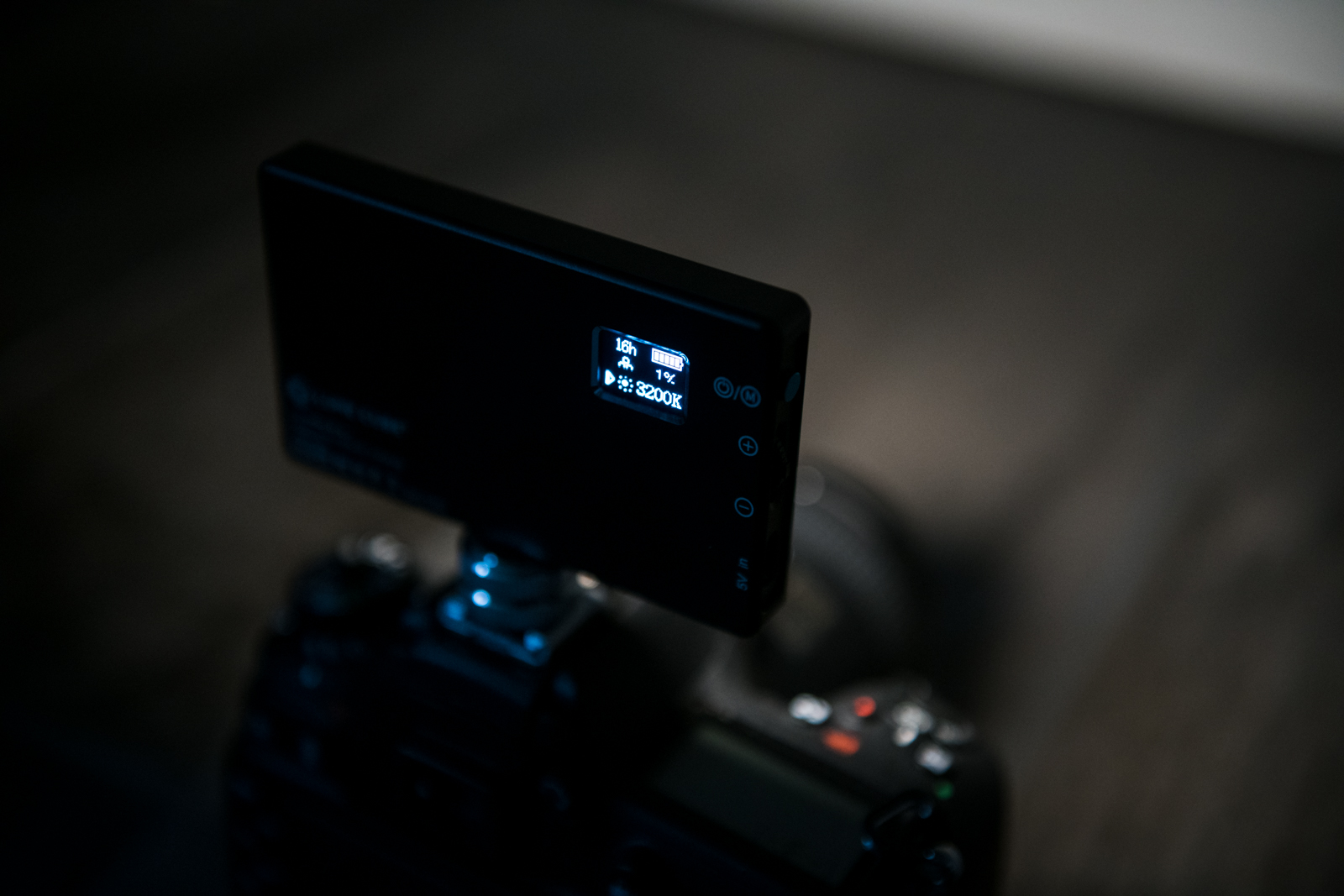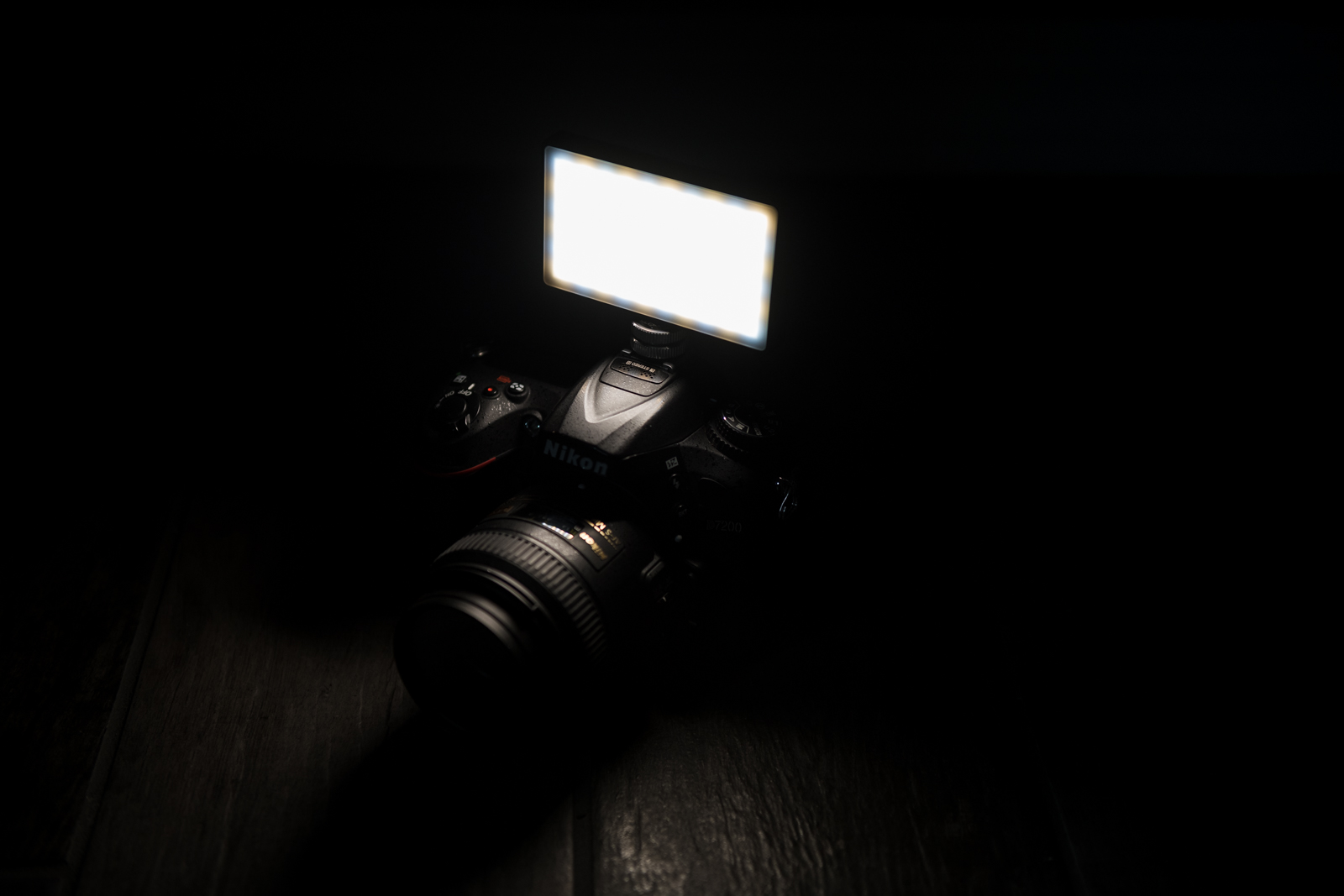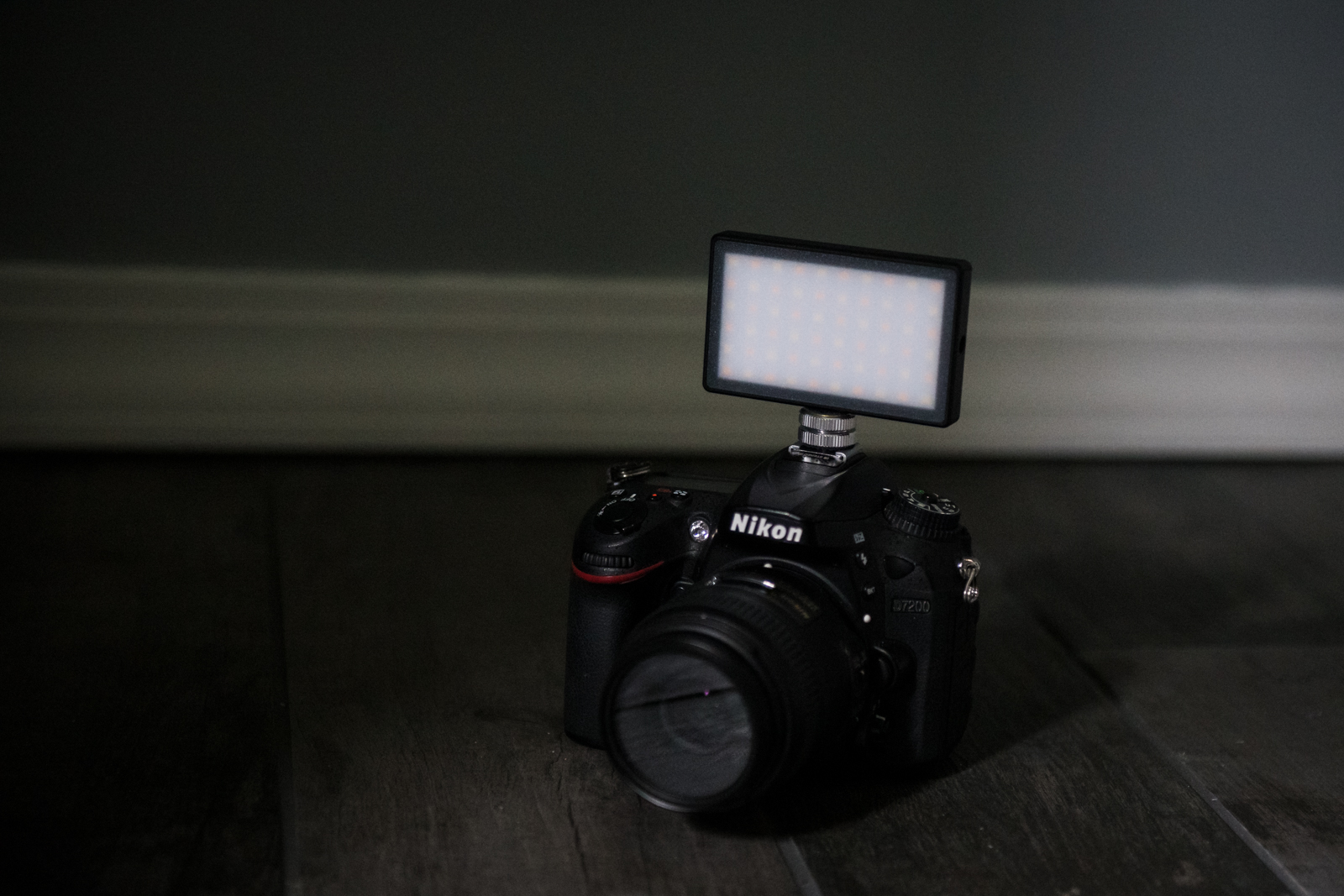We were already impressed with the phone-sized Lume Cube Panel, but the new Lume Cube Panel Mini takes small form factor LED lighting to a new level. Smaller than a deck of cards, it is designed to pack a lot of light in a portable design for vlogging and videoconferencing. The Panel Mini is also Lume Cube’s cheapest portable lighting solution yet, selling for about $60.
Using an array of 60 bicolor LEDs, the Lume Cube Panel Mini offers adjustable brightness and color temperature. The light levels can be adjusted from 1% all the way to full power, in 5% increments. That allows creatives to better match the light to the scene with subtle effects or more obvious direct lighting.
A small LCD at the back displays the current brightness and color temperature, along with the battery life. Settings can be adjusted through a simple dial system on the side, and the power button doubles as a mode switch to toggle between brightness and temperature adjustments.
You’ll find standard tripod threads on both the bottom and one side of the device for mounting the light either horizontally or vertically, while a metal shoe mount is included for attaching the panel straight to a camera. A diffuser box made from a stretchy white material can sit over the light for added softness. The light recharges via a USB-C port, although the Mini lacks the additional USB port found on the larger Lume Cube Panel that can be used to charge a phone.
Unlike the original Lume Cube, the Panel Mini doesn’t have Bluetooth to use the light as an off-camera smartphone flash. Like the larger Lume Cube Panel, the Mini is a constant light meant for video work. (Constant lights can also be a learning tool and steppingstone for photographers learning flash).
The small size allows for more portability and a more affordable price point compared to the Panel, which launched in fall 2019. The front is the size of a credit card, but the light’s thickness feels closer to a deck of cards. The compact design is ideal for smartphone videos and video calls, although the $20
In our early hands-on testing, the Panel Mini was easy to use right out of the box, with self-explanatory controls. Despite small size, the light packs quite a bit of power. It’s enough to light the corner of a dark room, or add some fill to an otherwise shadowy video call. The trade-off for the smaller size is harsher light, but for applications where portability is a must, it’s likely worth it.
The Lume Cube Panel Mini is available beginning today for about $60.
